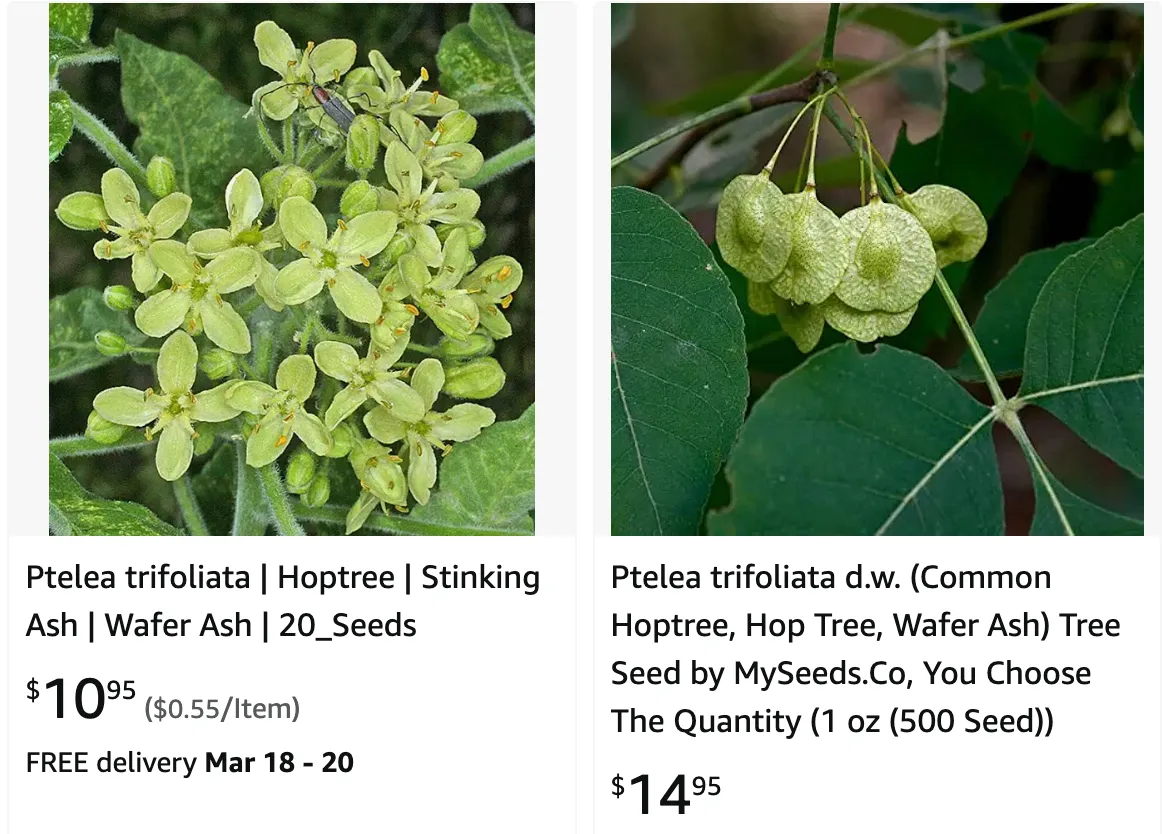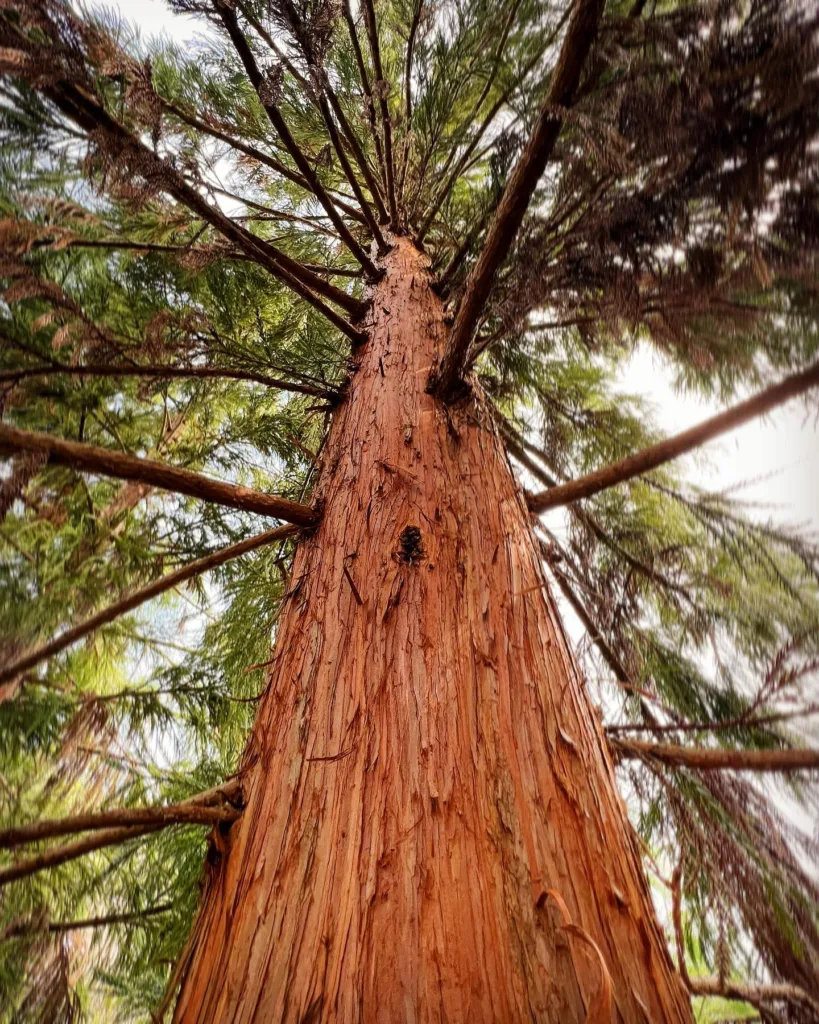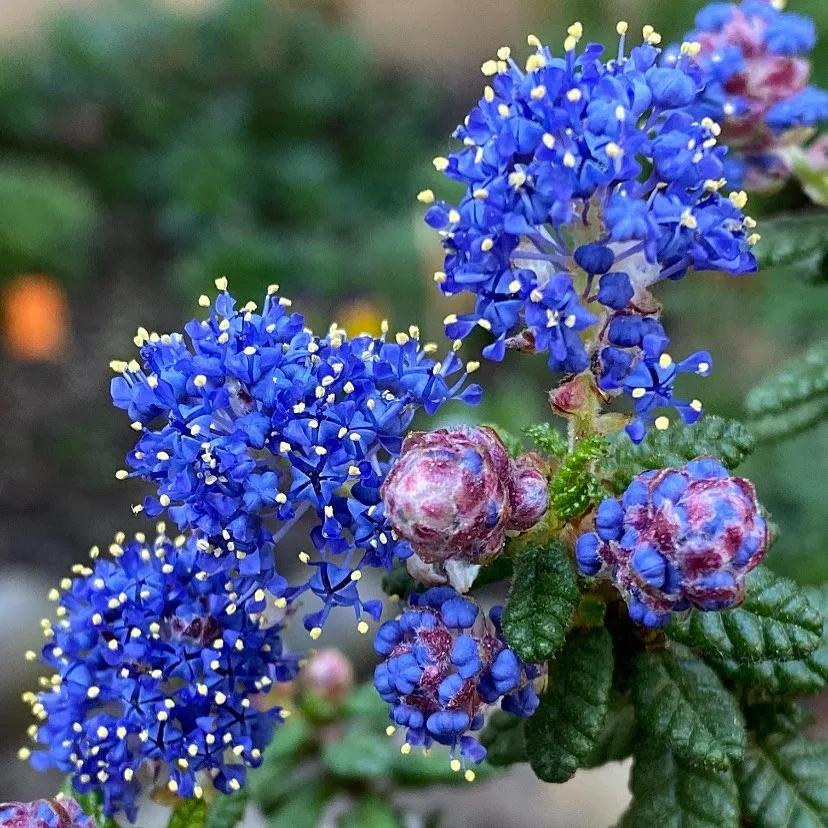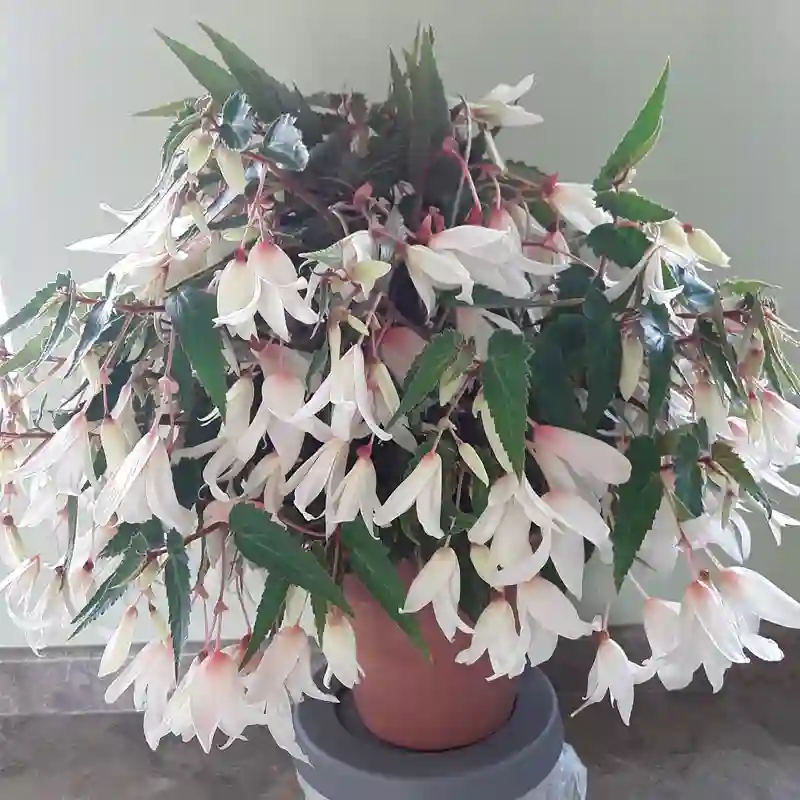
Ptelea Trifoliata: A Fragrant (Almost) Lookalike with Hidden Talents
For years, I’ve been fascinated by the subtle beauty of native plants. They possess a certain resilience, a quiet strength that speaks of their perfect adaptation to the local environment. One such plant that recently caught my eye is the Ptelea trifoliata, commonly known as the hoptree or wafer ash.
This isn’t your average ornamental shrub. The hoptree boasts a unique charm, with its trifoliate leaves (think three leaflets per stalk) that resemble clover. In spring, it erupts in clusters of small, greenish-white flowers that, while not the most visually stunning, release a surprisingly pleasant fragrance – a quality often missing from native species.
But beyond its aesthetics, the hoptree holds a number of surprises.
Will Ptelea Trifoliata Succumb to Emerald Ash Borer?
The hoptree’s native range stretches across much of North America, from southern Canada down to Mexico. This vast distribution speaks to its adaptability and tolerance for various climates and soil conditions. It thrives in well-drained soils, tolerates drought well, and can handle partial shade to full sun.
This resilience is particularly relevant in today’s ecological landscape. The emerald ash borer, an invasive beetle, has wreaked havoc on ash tree populations across the continent. The hoptree, despite its common names (wafer ash, stinking ash), is not actually related to ash trees. This fortunate difference in family lineage offers a glimmer of hope. Could the hoptree be a suitable replacement for ash trees in landscapes ravaged by the emerald ash borer? More research is needed to definitively answer this question.
More Than Just a Pretty Face: Unveiling the Hoptrea Trifoliata’s Hidden Talents
The hoptree’s uses extend far beyond ornamental value. Native American tribes have a long history of utilizing the hoptree for medicinal purposes. The bark, leaves, and even the fruit (which resemble hop cones, hence the name) were used to treat a variety of ailments.
The hop cones themselves hold another interesting secret. While not exactly a perfect substitute, they can be used as a bittering agent in brewing beer, a practice that gave rise to the common name “hoptree.”
How to plant and care for Ptelea Trifoliata?
For those interested in incorporating the hoptree into their landscapes, the good news is that it’s a relatively low-maintenance plant. It thrives in average, well-drained soil and is quite drought tolerant once established. Young plants may benefit from occasional watering during dry spells, but mature hoptrees can handle periods without rain quite well.
Pruning is generally not necessary, but if desired, it can be done in late winter or early spring. The hoptree is a slow grower, so don’t expect instant gratification. However, its patient nature is rewarded with a long lifespan – some hoptrees are known to live for over 100 years.
What to Plant With Ptelea Trifoliata?
Due to its tolerance for partial shade, the hoptree can be a great addition to layered gardens. Consider planting it alongside shade-loving perennials like ferns, hostas, or columbine. For a burst of color, spring-blooming bulbs like daffodils or tulips can be tucked in at the base. For a touch of fragrance, lilacs or viburnums can be planted nearby, creating a delightful olfactory experience.
The hoptree’s nitrogen-fixing capabilities also make it a beneficial companion plant for other species. Nitrogen fixation enriches the soil, making it more fertile for surrounding plants.
Ptelea Trifoliata: A Sustainable and Multifaceted Gem
The hoptree offers a unique combination of beauty, resilience, and ecological value. As a native plant, it supports local wildlife by providing food and shelter for pollinators and birds. Its low-maintenance nature makes it a sustainable choice for gardeners, and its potential as a replacement for ash trees in the face of the emerald ash borer is a promising avenue for further exploration.
So, if you’re looking for a conversation-starting addition to your landscape, the hoptree might just be the perfect choice. With its subtle charm, hidden talents, and ecological benefits, the Ptelea trifoliata is a true gem waiting to be discovered.
If i die, water my plants!


